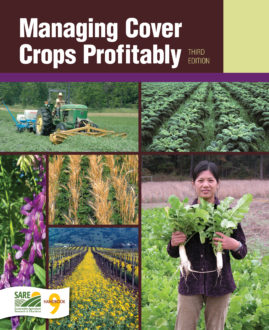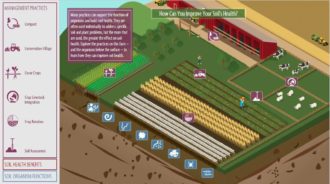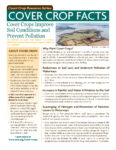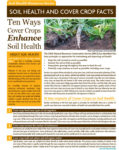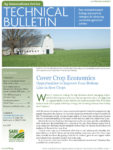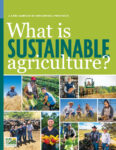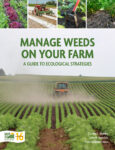Managing Cover Crops Profitably explores how and why cover crops work, and provides all the information needed to build cover crops into any farming operation. Along with detailed management information on the most commonly used species—including grasses, grains, brassicas and mustards, and legumes—Managing Cover Crops Profitably offers chapters on the role of cover crops in broader topics such as crop rotations, pests and conservation tillage. It also has appendices on seed suppliers and regional experts.
“This is the best book I have ever read. It uses science to explain complex concepts, lays out options for different systems and climates, and allows innovative farmers to digest the information and make their own intelligent decisions.” -Wolfgang Rougle, Twining Tree Farm, Cottonwood, Calif.
For Midwestern farmers: The information in Managing Cover Crops Profitably formed the foundation of the Midwest Cover Crops Council's Cover Crop Decision Tools, which are interactive, web-based systems to assist farmers in selecting cover crops to include in field crop and vegetable rotations.
This title is also available in epub and mobi format.
What is Soil Health - an interactive infographic
Soil health plays an essential role in raising healthy, productive crops and livestock. With this interactive infographic, learn how practices such as cover crops, no-till, crop rotation and the integration of livestock work in concert to improve soil health.
